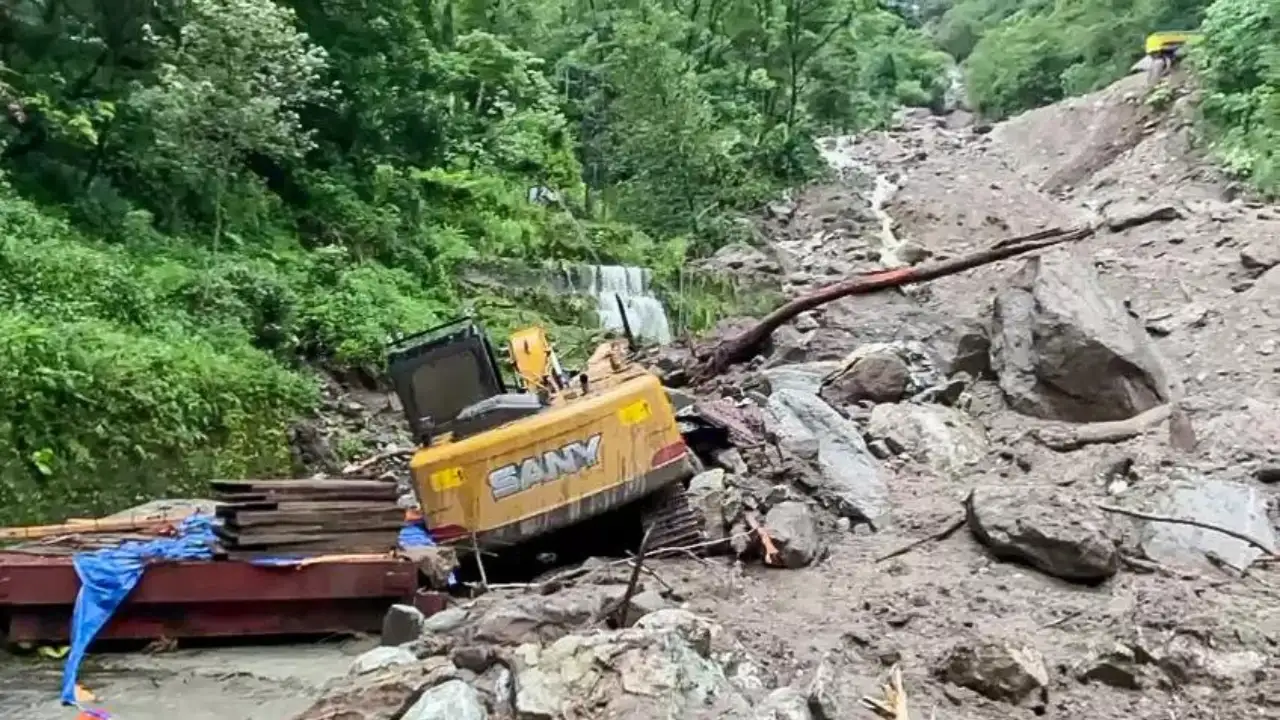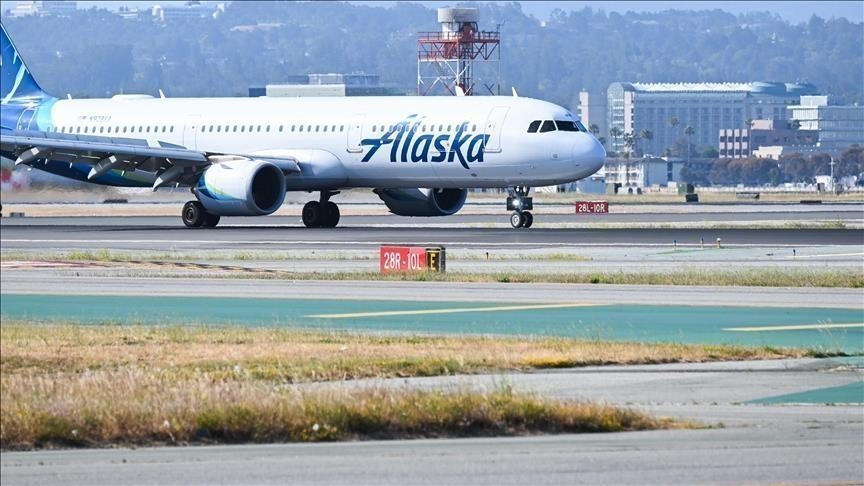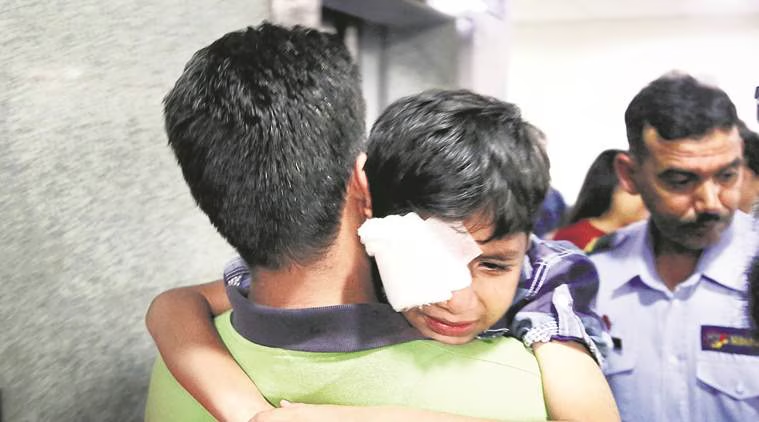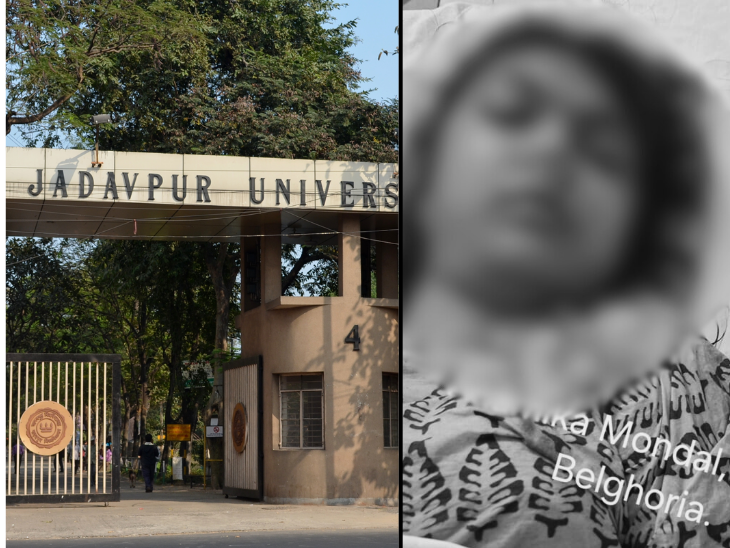Now Reading: Four Dead, Three Missing After Landslide in Upper Rimbi, Sikkim — Rescue Ops Under Way
-
01
Four Dead, Three Missing After Landslide in Upper Rimbi, Sikkim — Rescue Ops Under Way
Four Dead, Three Missing After Landslide in Upper Rimbi, Sikkim — Rescue Ops Under Way

A massive landslide struck Upper Rimbi in West Sikkim’s Yangthang constituency around midnight, leaving at least four people dead and three still missing. The disaster rattled local communities and triggered a fast-response from rescue teams including police, village volunteers and SSB personnel. For residents in mountainous and remote areas, this tragedy raises urgent questions about disaster preparedness, infrastructure, and how quickly help arrives in times of crisis.
What Happened
The landslide came without warning in the Upper Rimbi area, its force enough to bury and sweep away houses and block paths. Three people died instantly, while others were trapped under debris. Two injured women were rescued by teams that worked through difficult terrain, including flooded rivers requiring makeshift bridges to reach the site. One of the rescued women later succumbed to her injuries at the hospital, while the other is fighting for life.
Search Efforts and Rescue Operations
Local police, Sashastra Seema Bal (SSB) personnel and villagers joined forces immediately after the landslide. They built temporary log bridges over swollen rivers and used tools and manpower to clear debris. The terrain, rains and night darkness have hampered progress. Authorities are combing through dangerous sections to locate the three missing people while also securing the area to prevent further collapses.
Challenges in Himalayan Regions
Remote, high-altitude areas like Upper Rimbi face steep slopes, unstable soil, heavy rainfall and thin infrastructure. Connectivity is often poor, roads may collapse, telecom signals can be patchy. During a landslide, all these barriers delay rescue operations and increase risk. Weather conditions at night make search efforts more dangerous, especially when rivers have flooded or paths are blocked by landslide material.
Impact on Local Populations
Villagers face immediate loss of lives, homes and often crops or livestock. Injured survivors are forced to travel over difficult terrain for medical aid. For Tier-2 or remote towns in Sikkim, such events strain local health facilities and stretch rescue teams. Psychological trauma and economic losses hit hardest in communities that have limited access to alternate livelihoods.
What Needs to Improve
Early warning systems and weather alerts must be strengthened especially in hill districts. Better mapping of landslide-prone zones could help prevent settlements in vulnerable areas. Local authorities need faster response units, better disaster kits, medical availability nearby. Community awareness about how to react during landslides can save lives. Roads and bridges built with resilient designs to withstand heavy rain are critical.
Conclusion
The landslide in Upper Rimbi is a sad reminder of nature’s power and the fragility of life in hilly regions. For Sikkim and similar states, saving lives in such disasters depends on preparation, swift rescue work and resilient infrastructure. If authorities and citizens work together to build readiness, maybe fewer people will be lost when tragedy strikes again.

























